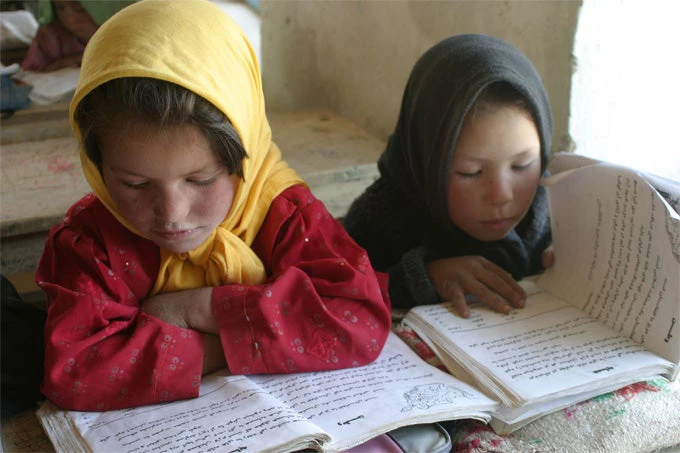
Someone wise once said that education is the foundation of a country’s progress. As every Afghan knows and feels, after four decades of conflict and violence, progress is exactly what this country needs to get back on its feet.
I have always had a deep interest in making my social context better and this is the reason why I joined the Education Quality Improvement Program (EQUIP), which aims to improve access and quality of education for Afghans. I joined the EQUIP team in the program’s second phase, which started in January 2008.
Through EQUIP, we have been working with communities to change their views and perceptions on education, especially in villages. I remember when I joined the team in 2010, many people would come and tell us they did not want to send their girls to school. But slowly EQUIP won them over.
Now, we can proudly say that we have the full support of communities everywhere in Balkh Province. For example, we have never had to buy land to construct a school in any district in Balkh. Every single time, it has been the people who bought or donated land and invited us to construct the building, even in the poorest regions.
I remember in Balkh district, Char Sang village did not have a school. The locals were living well below the poverty line but they rallied together and bought a piece of land for the school. EQUIP then constructed a building in 2012 and now their children—all of them—go to school.
In fact, up to now, people in Balkh Province have donated or bought with their own money nearly 2,4 jeribs (about half hectare) of land for schools. A good example is the Sultan Gheyassuddin Boys High School. One of the oldest schools in Mazar-e-Sharif, this boys’ school was established in 1937. The school came under EQUIP in 2008 and received Quality Enhancement Grants (QEGs) of 275,000 afghanis in 2009 and 141,000 afghanis in 2011. In 2013, the school was promoted as a model school and received a Model School Grant of $15,000 to establish a science laboratory, library, and computer lab. However, the lack of a proper building for the school was a big concern for students and teachers.
EQUIP then provided an Infrastructure Development Grant (IDG) to support the building of 10 classrooms, but these were still not enough to accommodate all the students. The School Management Shura (council) then approached Haji Mohammad Sharif, a businessman in Balkh Province, for help. I, along with members of the Shura, went to his house to ask him to help with the construction of the building. The building of Sultan Gheyassuddin Boys High School was finally built with the help of Haji Sharif, who funded $400,000.
In the Kankor Exam in 2015, the mandatory matriculation exam for every university student in Afghanistan, both the first and second national rank holders were students from this school. The smiles and success made me very happy. Education is the way forward and I am a part of my country’s development, all thanks to EQUIP.
EQUIP is implemented by the Ministry of Education and was first funded by the International Development Association (IDA), the World Bank Group’s fund for the poorest countries. The Afghanistan Reconstruction Trust Fund (ARTF) has taken over funding as co-financier of the program.

Join the Conversation